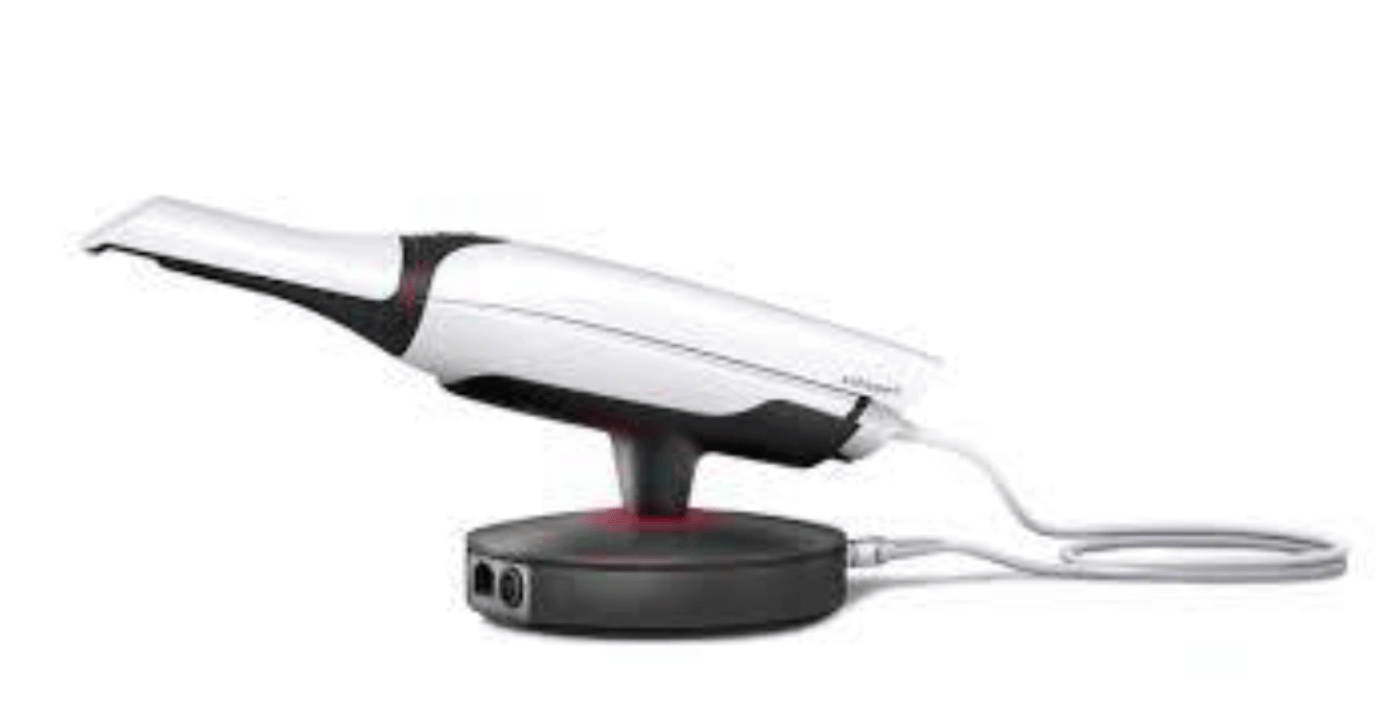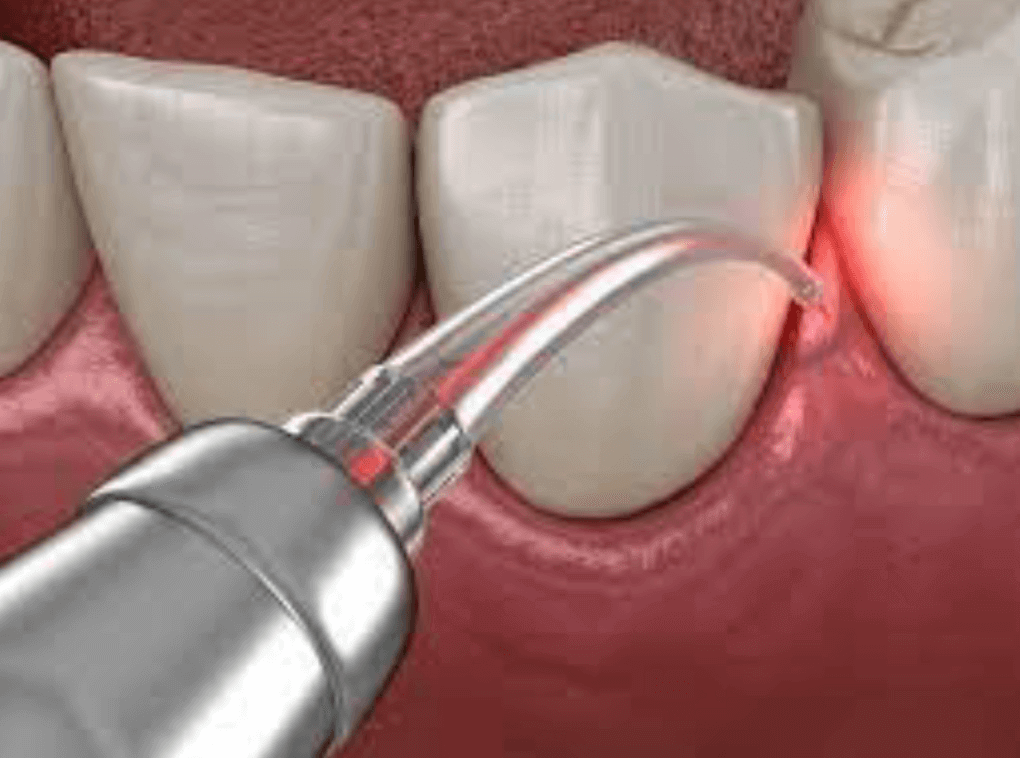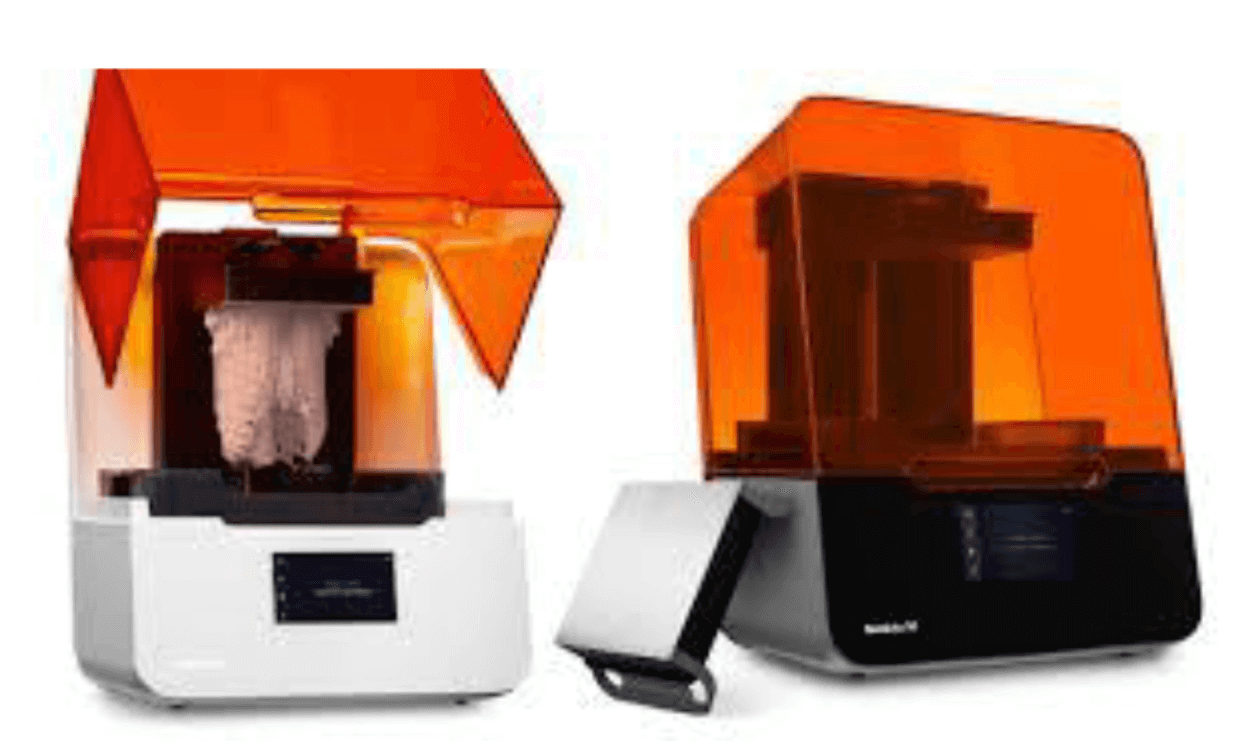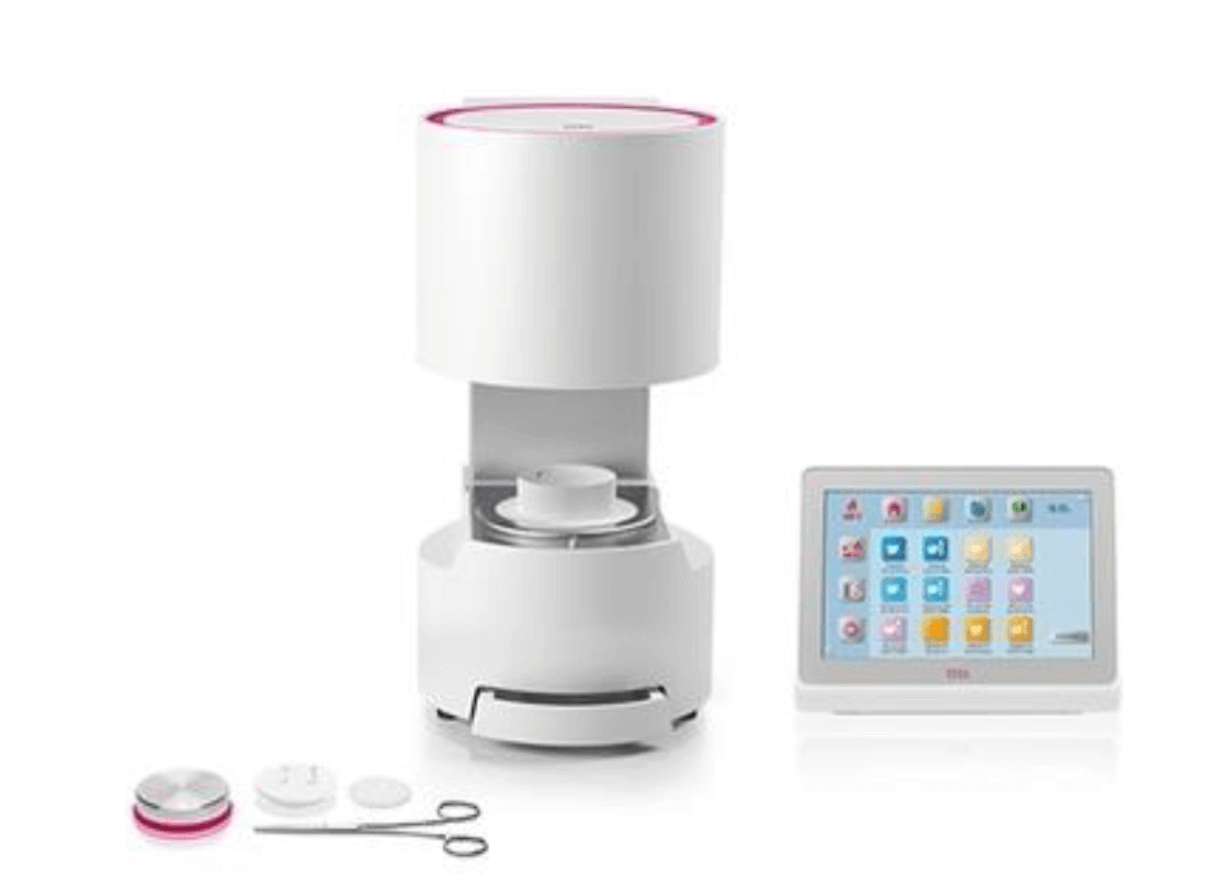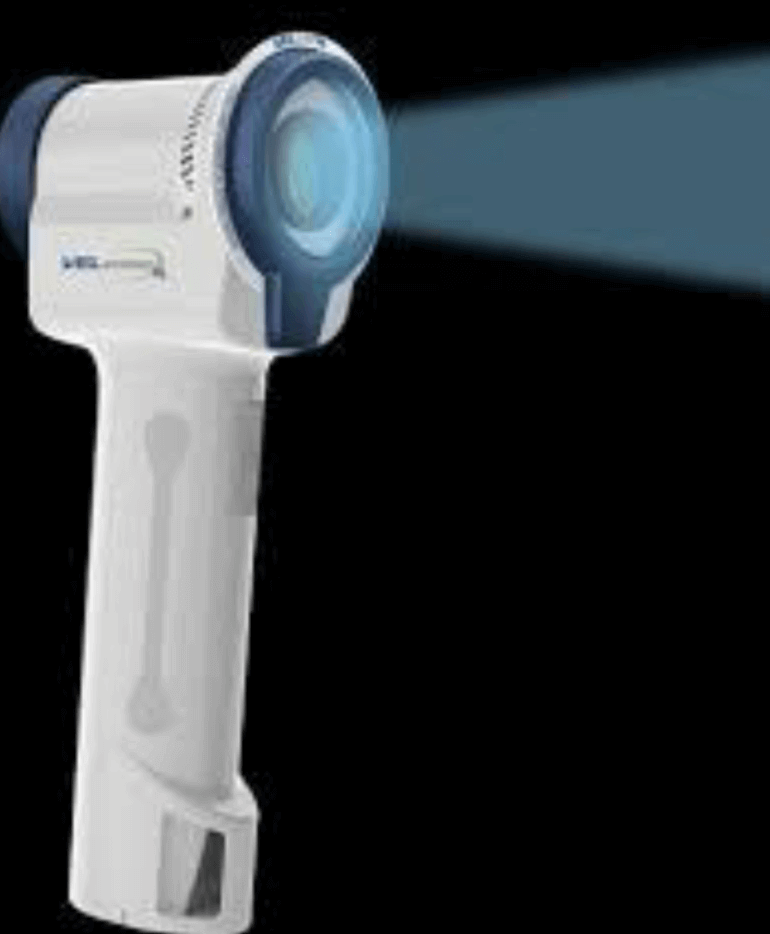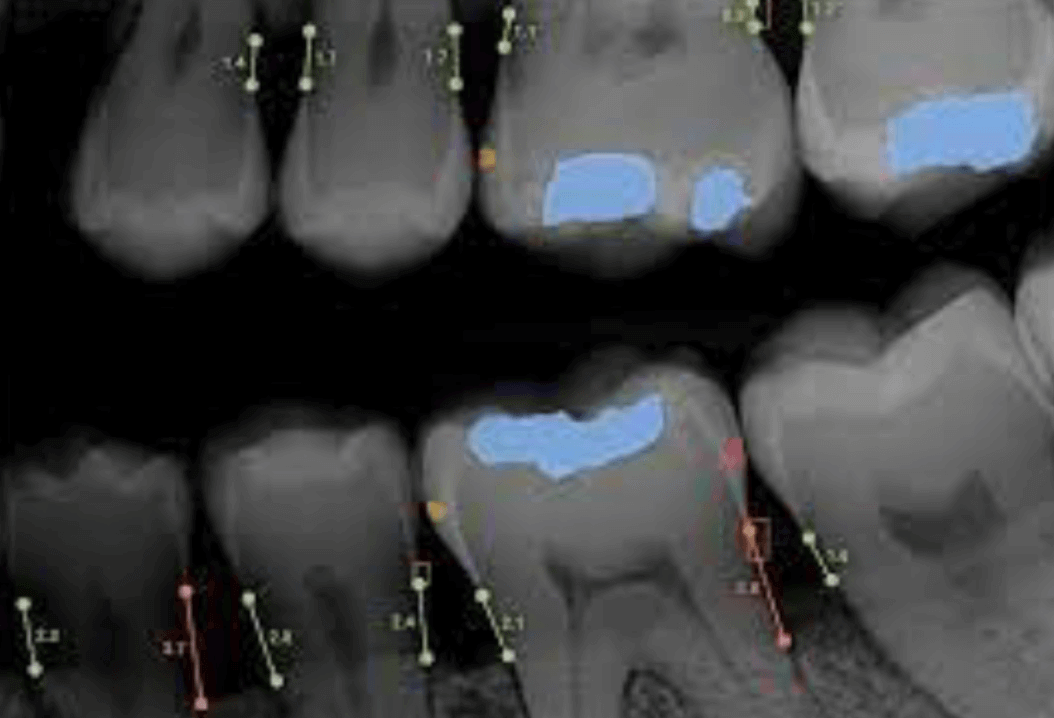DENTAL TECHNOLOGY
Dentistry has seen significant technological advancements in recent years, improving patient care, diagnosis, and treatment options. Some of the top technology advancements in dentistry include:
Digital Radiography:
Digital X-rays have replaced traditional film X-rays, offering reduced radiation exposure, faster image processing, and the ability to enhance and manipulate images for better diagnostics.
3D Printing:
3D printing has revolutionized the field of dentistry by enabling the creation of custom dental implants, crowns, bridges, and even orthodontic devices. It allows for precise and patient-specific solutions.
Intraoral Scanners:
Intraoral scanners have replaced traditional impressions, making it more comfortable for patients and providing highly accurate digital models for treatment planning, including Invisalign and restorative procedures.
CAD/CAM Technology:
Computer-aided design and computer-aided manufacturing systems have become essential for creating same-day restorations, such as crowns and veneers, improving efficiency and patient convenience.
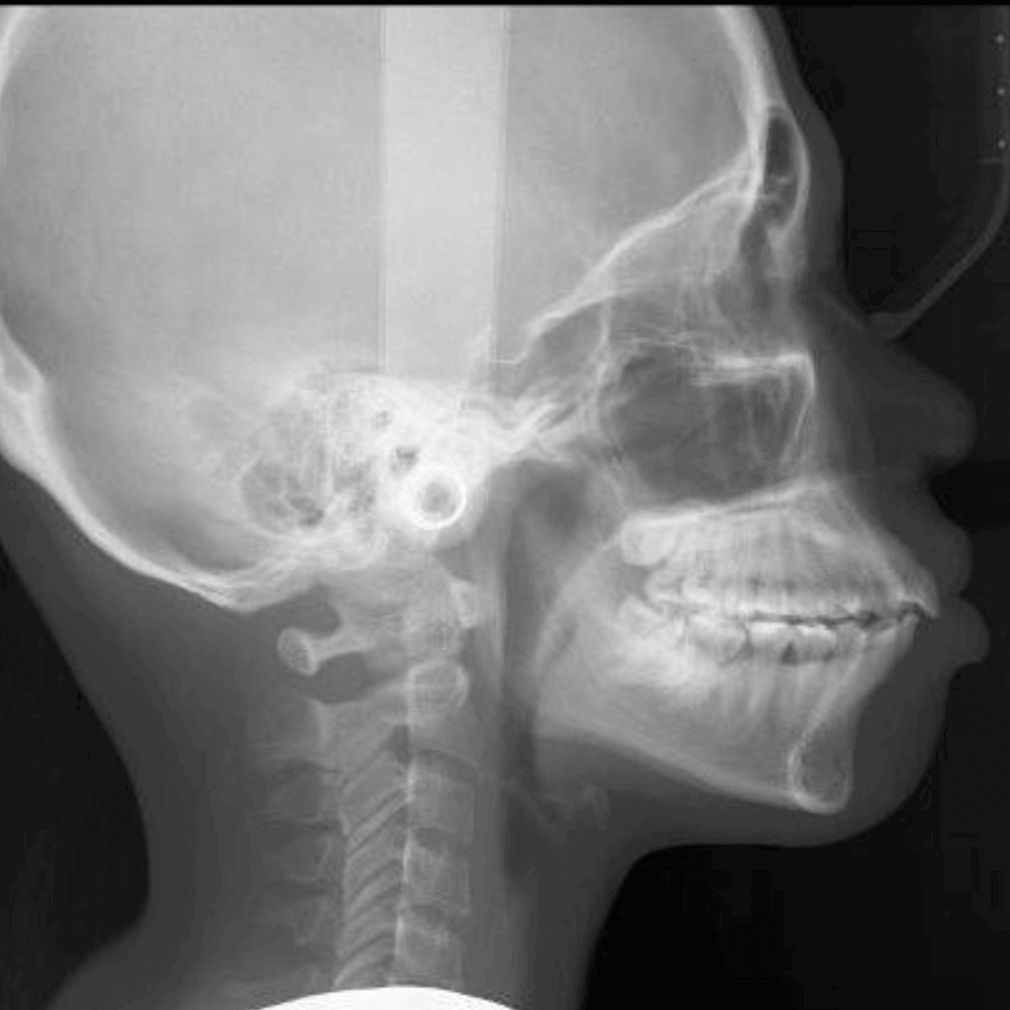
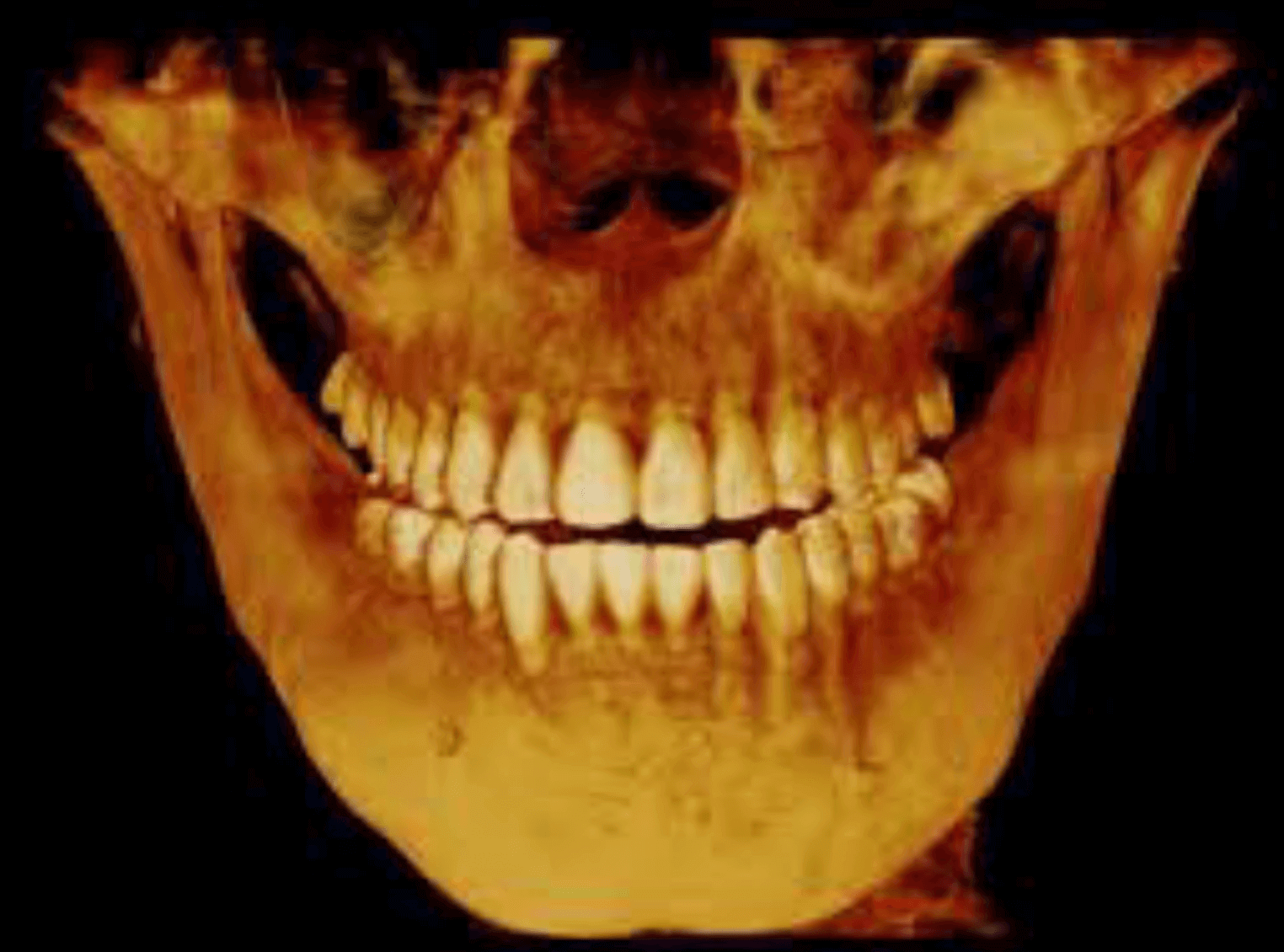
Laser Dentistry:
Lasers are used in various dental procedures, including cavity removal, gum disease treatment, and teeth whitening. They offer precision, reduced discomfort, and faster healing times.
Teledentistry:
Telehealth and teledentistry platforms allow for remote consultations, monitoring, and follow-ups, enhancing access to dental care, especially in underserved areas.
Artificial Intelligence (AI):
AI is being applied in dental diagnostics, treatment planning, and patient management. Machine learning algorithms can help in detecting dental diseases, analyzing X-rays, and predicting treatment outcomes.
Robotics:
Dental robots are being developed to assist in surgeries, implant placements, and other procedures, increasing precision and reducing the margin of error.
Smart Toothbrushes and Oral Health Apps:
IoT-connected toothbrushes and mobile apps help individuals monitor their oral hygiene habits, offering real-time feedback and reminders for better dental care.
3D Cone Beam CT Scans:
These provide detailed 3D images of the entire oral and maxillofacial region, aiding in complex treatment planning, such as implant placement and orthodontic evaluations.
Ultrasonic Scaling Devices:
Ultrasonic scalers use high-frequency vibrations to remove tartar and plaque from teeth more efficiently and comfortably than traditional scaling methods.
Augmented Reality (AR):
AR can be used in dental education and training, helping students and dentists visualize complex procedures and anatomy in real-time.
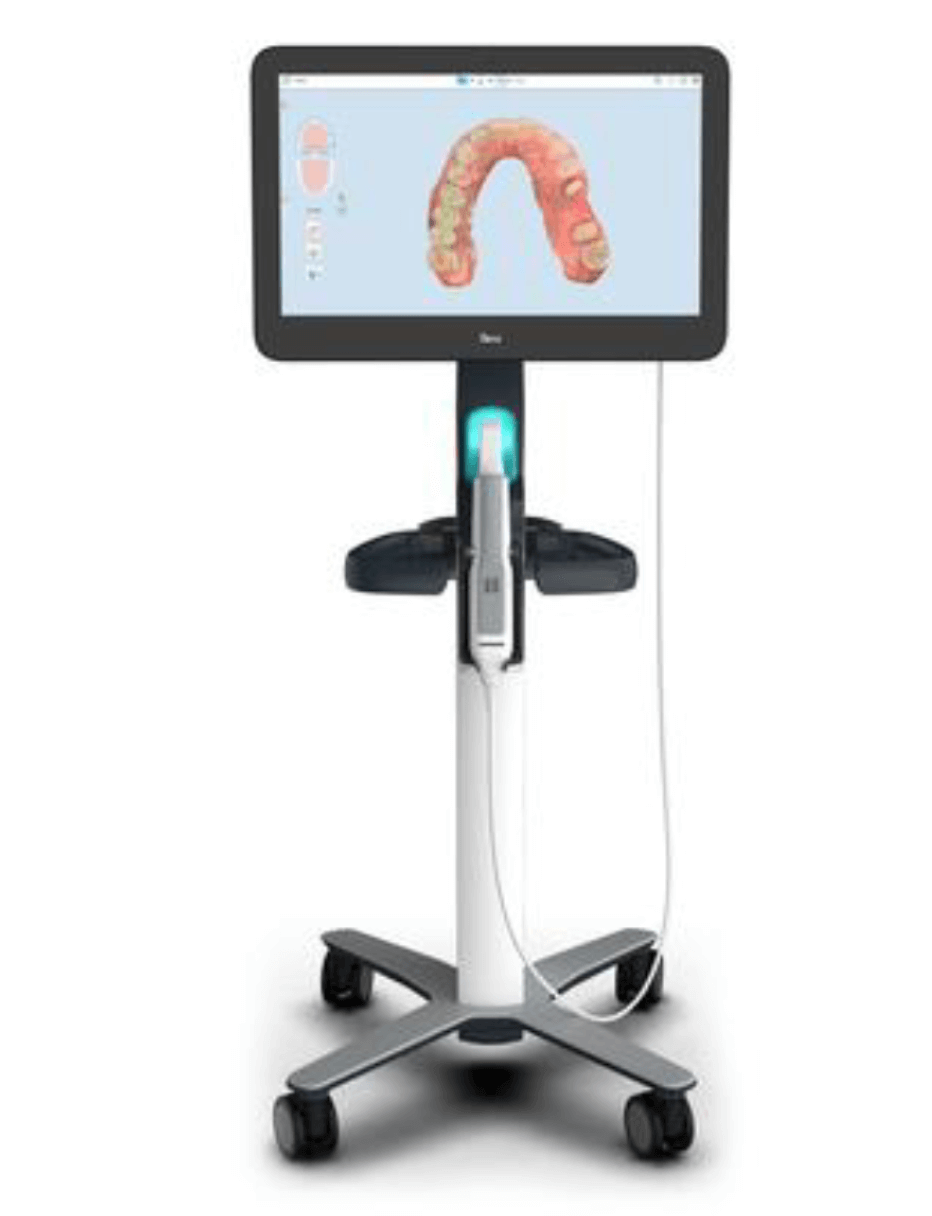

Biocompatible Materials:
Advancements in dental materials have led to the development of more durable and biocompatible options, including tooth-colored fillings and stronger ceramics for restorations.
Nanotechnology:
Nanomaterials are being used for dental applications, such as antimicrobial coatings on orthodontic devices and drug delivery systems for treating dental diseases.
Dental Implant Innovations:
Advancements in implant materials and techniques have improved the success rates and longevity of dental implants, making them a more viable option for tooth replacement.
